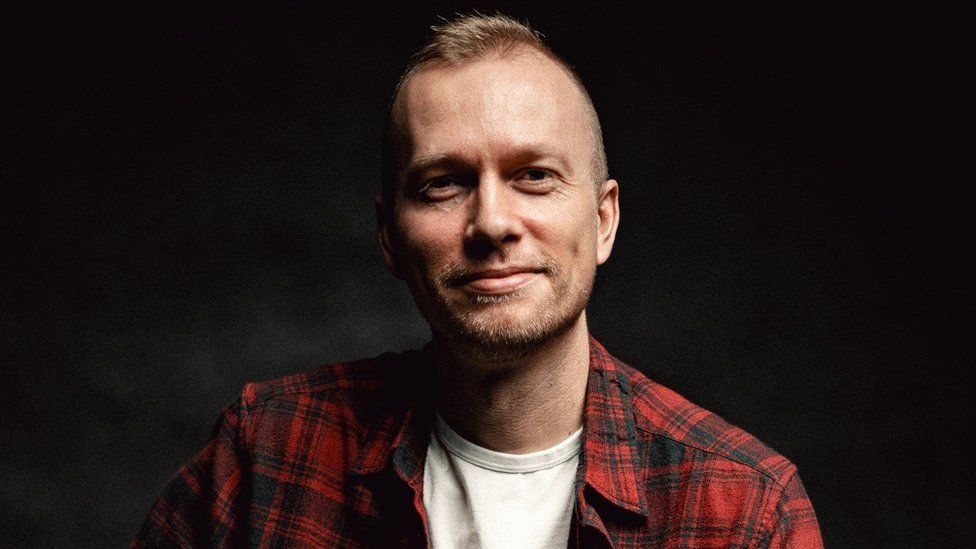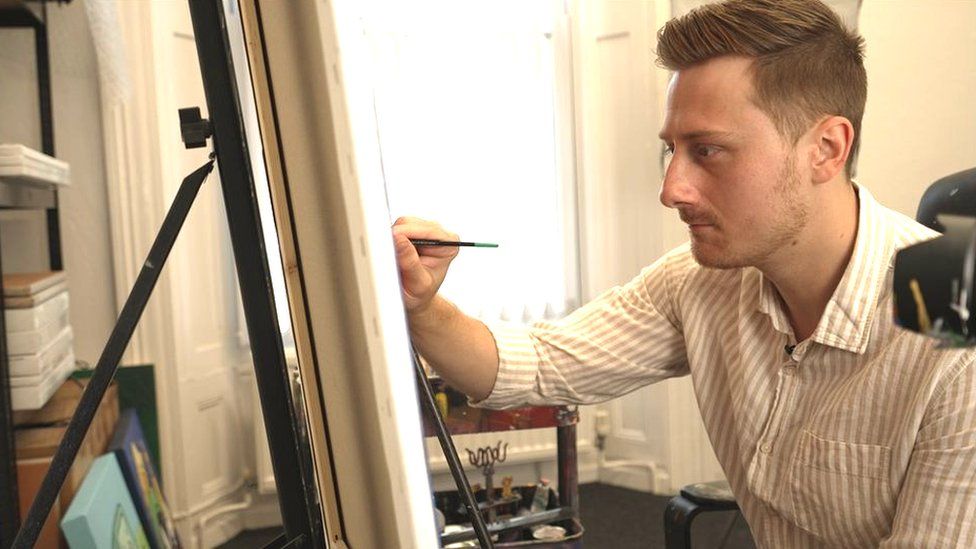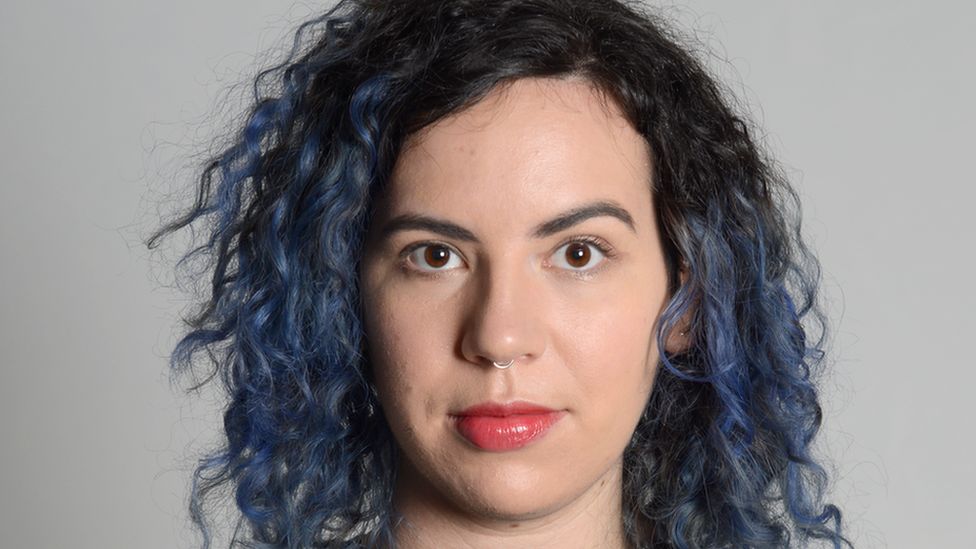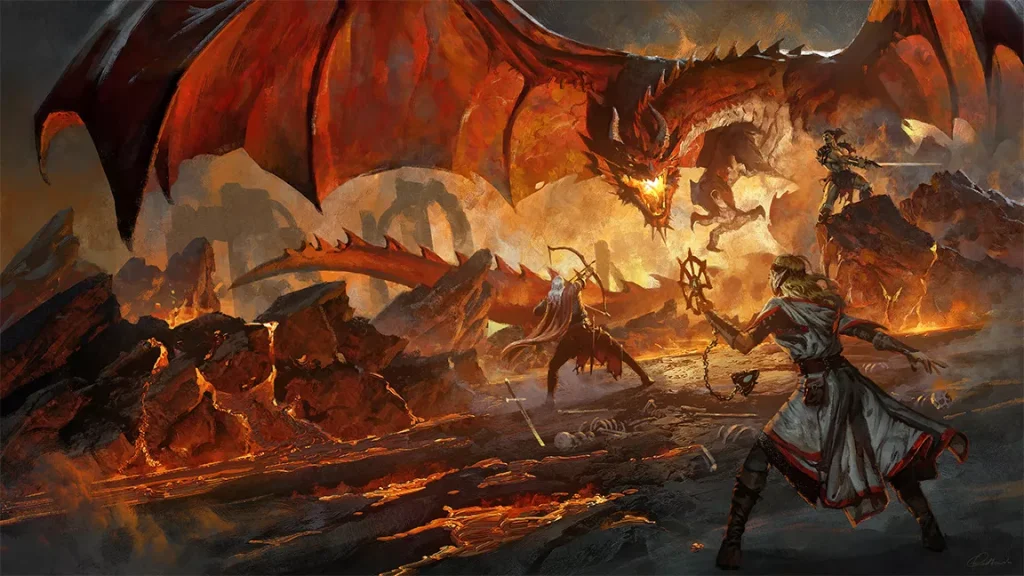AI’s Unforeseen Impact on Artists
The advent of artificial intelligence (AI) is undeniably transforming various aspects of our lives, including the world of art. However, for digital artist Greg Rutkowski, the rise of AI has presented significant challenges. Rutkowski, known for his work in games like Dungeons and Dragons and Magic: The Gathering, has discovered that his name has been utilized as a prompt for AI tools generating art more than 400,000 times since September 2022 – all without his consent.
An Unexpected AI Fame
Rutkowski’s name has surprisingly been used as a prompt more frequently than the iconic artists Pablo Picasso and Leonardo da Vinci. This unforeseen AI-driven fame has raised concerns for Rutkowski, affecting not only his recognition but also his future creative endeavors. AI platforms like Midjourney, Dall.E, NightCafe, and Stable Diffusion, collectively known as generative AI, have the capability to produce new artworks rapidly based on prompts provided by users.

Generative AI’s Mechanism and Artists’ Concerns
These generative AI platforms have learned their creative process by scraping countless images from the internet. Artists, including Rutkowski, have voiced their concerns, stating that their works are being utilized without proper authorization. Rutkowski expressed his worry about the confusion that may arise when AI-generated results are associated with his name, creating a challenge for individuals seeking his genuine creations.
AI’s Impact on the Art Industry
The emergence of AI tools has led to speculation about its potential to reshape the art industry. Rutkowski reflects on the broader implications, pondering whether AI could render human artists obsolete. The apprehension extends to other artists as well, such as Harry Hambley, a Cardiff-based animator known for his creation Ketnipz. While Hambley acknowledges the potential benefits of AI in relieving artistic tedium, he remains cautious about the unpredictable future of AI within the art landscape.
The Depth of Artistry Beyond Aesthetics
Hambley emphasizes that art encompasses more than mere aesthetics. He believes that the personal essence and creativity that artists infuse into their work cannot be accurately replicated by AI. This sentiment resonates with artist James Lewis, who shares his painting techniques with millions on social media platforms. He acknowledges the complexity of tracing artists’ inspirations within the vast expanse of AI-generated images.

Seeking Solutions and Addressing Concerns
The issue of unauthorized AI-generated art prompts raises questions about the role of AI companies in addressing the concerns of artists. Artists, including Caroline Sinders and Irene Fubara-Manuel, highlight the importance of protecting artists’ rights in the age of AI. Sinders emphasizes the significance of copyright and expresses her intent to enforce it if her works are used without consent. Fubara-Manuel raises concerns about biases embedded in AI-generated images, touching on racial and gender stereotypes.

Hope for Regulation and Innovation
Artists are advocating for increased regulation to safeguard their rights within the evolving AI landscape. The call for regulatory measures is not to stifle innovation, but rather to establish guidelines and protections. While challenges persist, there is hope that AI can coexist with human creativity, contributing to the enhancement of artistic expression.
Conclusion
As the collision of AI and art continues, artists like Greg Rutkowski highlight the complexities and challenges that arise from unauthorized AI-generated art prompts. While concerns regarding creativity, identity, and compensation persist, the conversation around AI’s role in the art industry underscores the need for regulations that strike a balance between innovation and the preservation of artistic rights.
Feature Image Courtesy: Greg Rutkowsky

Contributor





